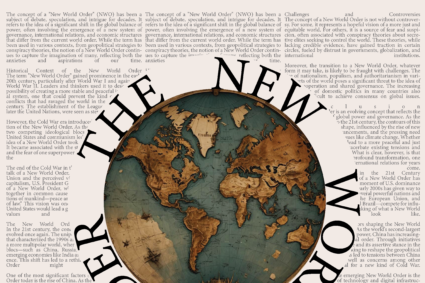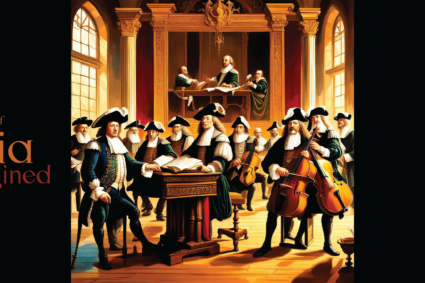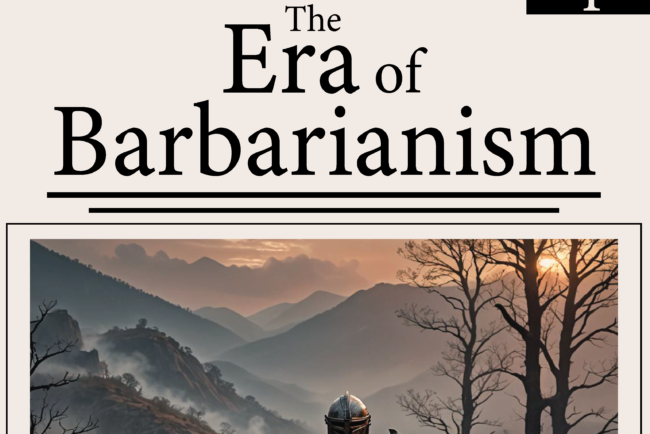
Donald Trump exploded onto the political stage in 2016 as an iconoclastic populist promising to shake up the status quo. His brash, politically incorrect style and “Drain the Swamp” rhetoric electrified supporters tired of politics as usual. Trump portrayed himself as giving voice to a “forgotten” America seeking renewed power and purpose.
After a chaotic and norm-shattering presidency, Trump’s political theatrics reached a dramatic crescendo in the aftermath of his 2020 defeat. Refusing to accept the election results, Trump relentlessly pushed voter fraud allegations lacking evidence but which played viscerally to his aggrieved base. This rhetorical crusade culminated in the stunning January 6th sacking of the Capitol itself, as hordes of Trump loyalists violently attempted to block the certification of his loss. To critics, the mob assault marked the dangerous culmination of Trump’s attacks on democracy to cling to power at all costs.
Yet Trump maintains he is defending true American democracy, not undermining it. He asserts latent corruption and anti-populist elites conspired to orchestrate his defeat through a rigged election. This narrative of a stolen presidency in turn justifies Trump’s ongoing war against the so-called “Deep State” and Washington establishment intent on destroying him.
By casting himself as a populist martyr, Trump believes he can defy the forces determined to end his political career and banish him to irrelevance. So far he has managed to keep a firm grip on the Republican party, as most elected officials remain loyal or fearful of crossing a figure still immensely popular with the GOP base. Trump clearly relishes his role as rebel leader of the conservative movement, with an eye toward potentially winning back the White House in 2024.
Beyond Trump’s personal ambitions, the larger drama also reflects a mood of grievance and anxiety coursing through much of America. Rapid demographic, economic and cultural changes have left many feeling displaced and ignored by reigning institutional powers. Trump channels these sentiments through his unvarnished nationalist and protectionist rhetoric. By speaking to fears of declining prestige and eroding social status, he gives visceral voice to those who believe the old order has failed them.
Yet Trump’s abrasive approach also exacerbates the polarization rending America’s social fabric. Critics see his warnings of migrants and globalists threatening traditional values as dangerous demagoguery sowing distrust. America’s discord comes amid rising geopolitical tensions, as assertive rivals like China and Russia confront a West struggling with internal cohesion. The COVID pandemic also fueled nationalism worldwide, showing how quickly global integration can unravel in the face of external shocks.
With democracy under strain globally, figures like Trump, Putin and Khan personify the wave of contemporary populist insurgency. These leaders ride to power by appealing to those antagonistic toward reigning institutions and elites. But their disruptive political style also generates fierce establishment resistance. Are they giving voice to legitimate grievances or simply dangerous vehicles of social division? Such questions reside at the heart of today’s tense democratic drama.
As the final act approaches in America’s Trump-fueled turmoil, the ending remains uncertain. Some hope truth and reconciliation can still prevail, cooling tensions through moderation and compromise. But others fear politics will descend into ever darker depths of demagogic chaos. All watch transfixed as this history-shaping clash between populist and establishment factions builds toward a pivotal resolution. The verdict on Trump’s populism, along with democracy’s future, hangs in the balance.
- Michael Denning (Political Analyst at AGC – London)
















